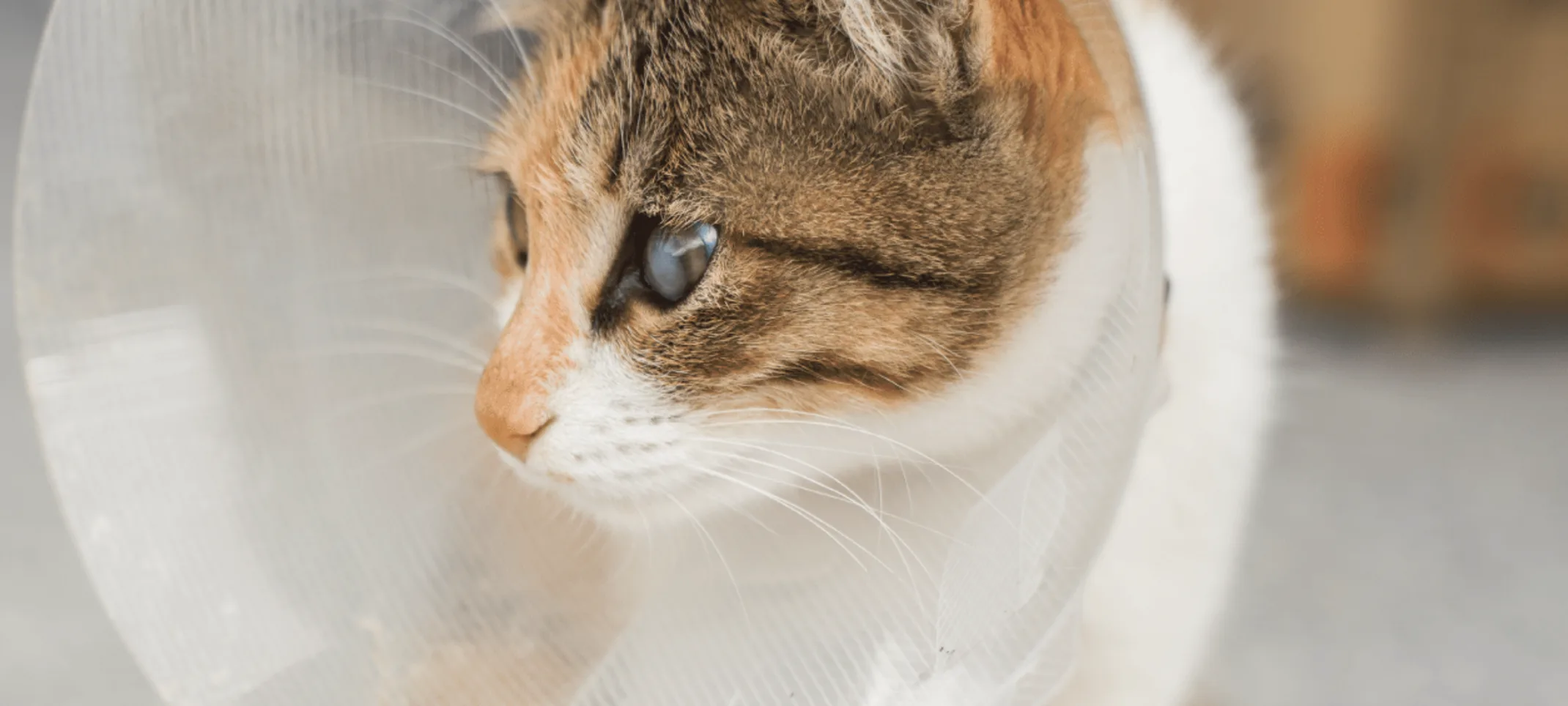Houston Cat Hospital
Spay & Neuter
Spaying or neutering your pet can help them live a longer, healthier life, minimize behavior problems, and help control the stray population.

Overview
Spaying females or castrating males eliminates unwanted litters, which contributes to thousands of euthanasia procedures and millions of stray animals. These procedures can help your pet live a longer, healthier life, minimize behavior problems, and help control the population of unwanted pets.
When should I spay or castrate my pet?
Generally recommended at a young age, it is important to consult with our veterinarians to determine the best age for your pet. You can reduce the likelihood of certain cancers and tumors by spaying or castrating at the right age.
Why should I spay or castrate my pet?
There are many benefits that come with spaying your female companion animal. These benefits include helping to control the cat population and prevent diseases in your pet such as pyometra (infection in the uterus) and mammary cancer. Generally, spayed pets live longer than pets that have not been spayed.
There are also many benefits that come with neutering your male companion animal. These benefits include helping to control the cat population, eliminate undesirable and embarrassing behavior and prevent diseases in your pet such as prostate disease and testicular cancer.
How is a spay or castration surgery performed?
Spaying, also called an "ovariohysterectomy", is a surgical procedure in which both ovaries and uterus are completely removed from your female pet while they are under general anesthesia. Neutering refers to the surgical procedure in which both testicles are removed while your male pet is under general anesthesia.
Your pet’s safety and comfort are our primary concerns when performing a spay or neuter. We use advanced pain management techniques in conjunction with anesthesia to make sure your pet is as comfortable as possible during the procedure and after they are discharged. Proper pain management makes the procedure as comfortable as possible and allows for faster recovery.

